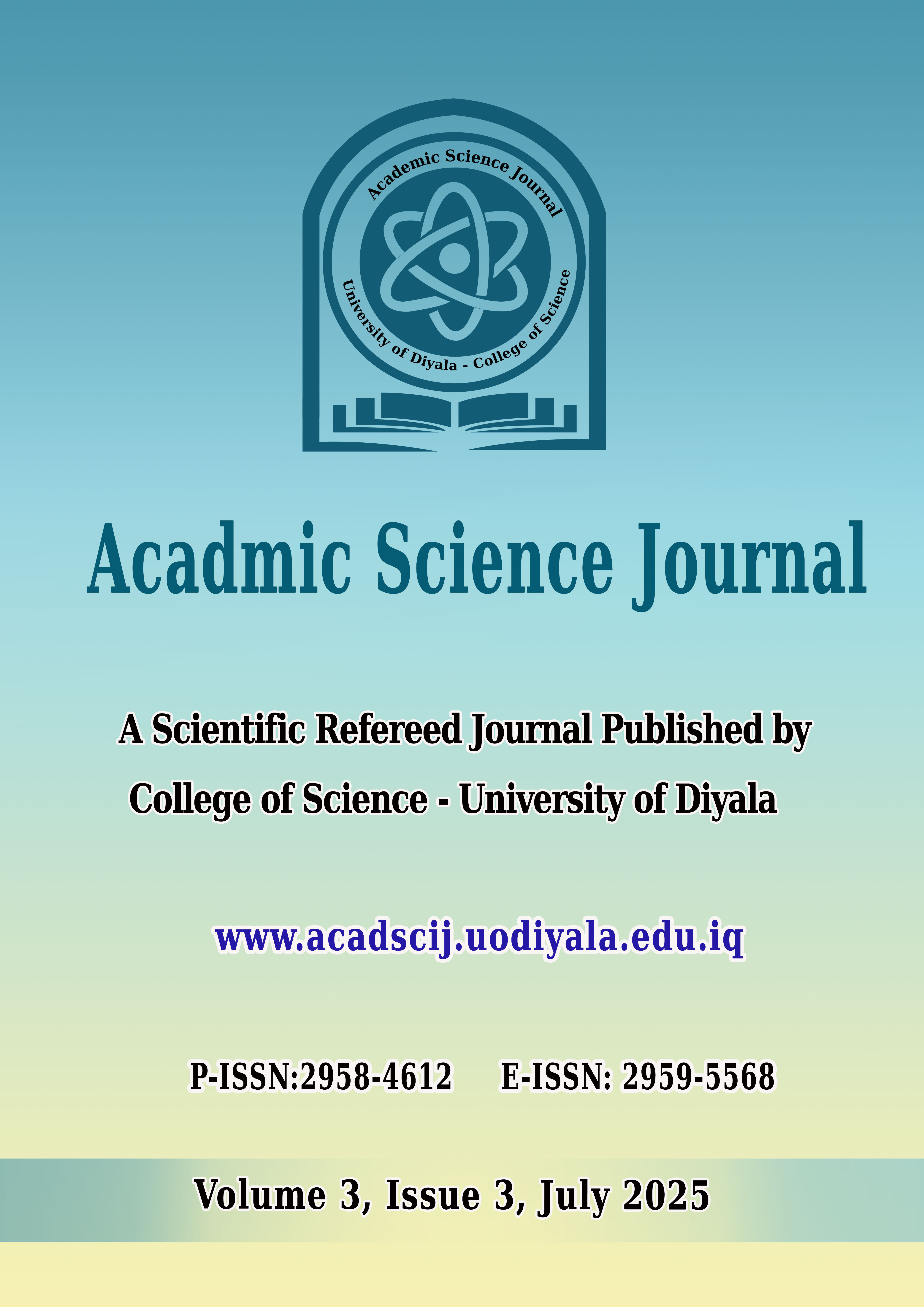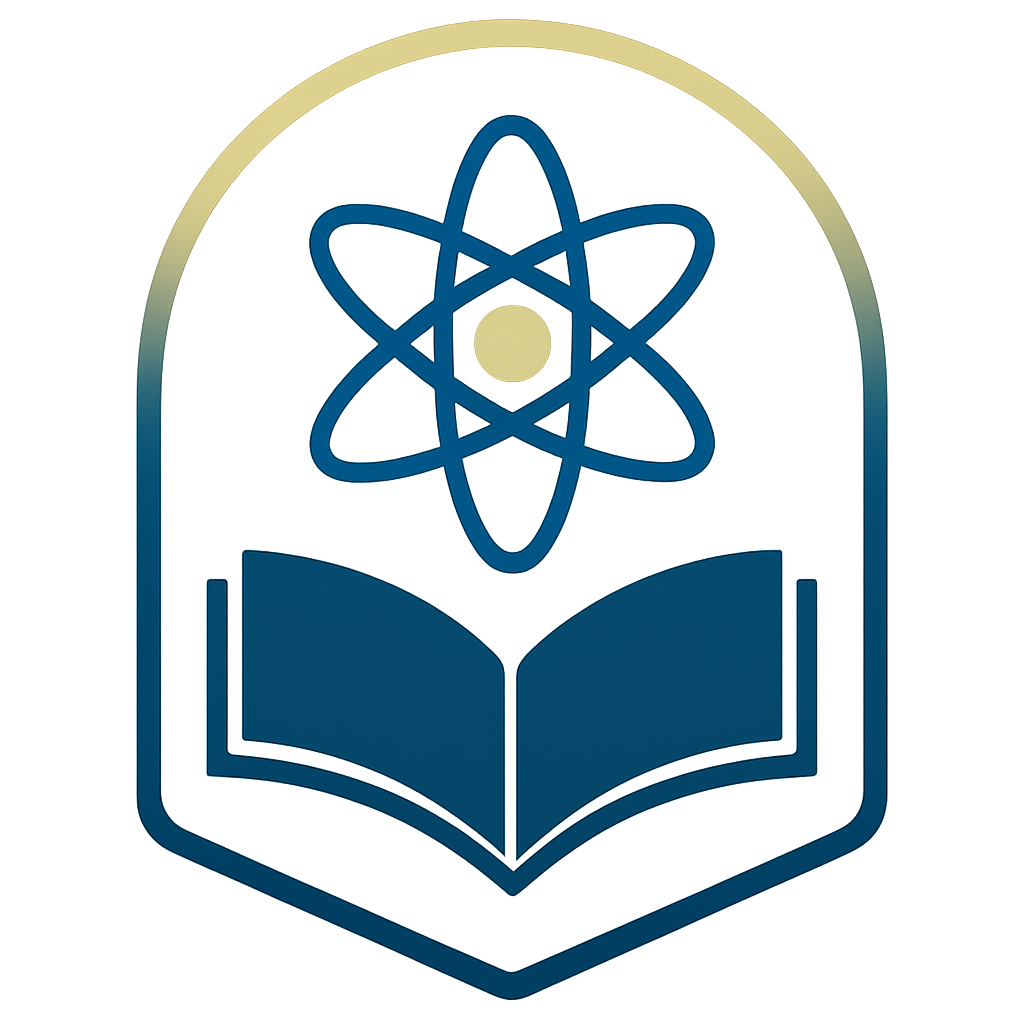Histological Structure of the Cerebellum of the Iraqi Pin-tailed Sandgrouse Bird Pterocoles alcahta (Linnaeus, 1766)
DOI:
https://doi.org/10.24237/ASJ.03.03.883BKeywords:
Brain, Bird, Cerebellar, CortexAbstract
A histological study was performed on the cerebellum of the Iraqi pin-tailed sandgrouse bird (Pterocoles alchata (Linaeus, 1766). An abundant sandgrouse species are found in Iraq. The organism resides in arid plains and partially in rocky deserts near areas where grains are grown. The objective of this study was to thoroughly analyze the histological and morphological features of the Cerebellum in adult Pterocles alchata birds. To advance our understanding of the Cerebellum in this specific species, eight healthy bird specimens were obtained from the local market in Baghdad, Iraq. The specimens weighed approximately 223-174g and were dissected following anesthesia with chloroform. The feathers and skull bones were removed to access the brain. The cerebellum was meticulously isolated and examined to assess its shape and weight. Subsequently, the samples were immersed in a 10% formalin solution for 72 hours as part of the fixation process. The specimens were then subjected to using stains such as Hematoxylin and Eosin( H&E), Methylene blue, and Mallory. The study revealed that the cerebellum, positioned posterior to the cerebrum, comprises folded structures known as cerebellar folia. Specifically, nine folia were identified (I-IX). The folia observed in this study had a histological structure composed of two distinct layers: the cerebellar cortex and the medulla region, corresponding to the white matter. The cerebellar cortex is divided into three layers, arranged from the outermost to the innermost layer: the molecular layer, the Purkinje cells layer, and the granular cells layer.
Downloads
References
[1] B. Grzimeks, A. Pterocliformes, in Grzimeks Animal Life Encyclopedia, ed. by J.A. Jackson, W. J. Bock, D. Olendorf (Gale, USA, 2002), 231–239.
[2] H. E. Konig, I. Misek, H. G. Liebich, R. Korbel, C. Klupiec, Nervous system, in Avian Anatomy Textbook and Colour Atlas, ed. by H. Konig, R. Korbel, L. Hans-Georg, 2nd ed. (5m Publishing, Germany, 2016),18
[3] D. C. Rizzo, Fundamentals of Anatomy and Physiology, 4th ed. (Cengage Learning, USA, 2016), 562
[4] A. B. Abed, Histological study for development of optic tectum in White Chocked Bulbul Pycnonotus leucotis, Biochem. Cell. Arch. 20(2), 5953 (2020)
[5] W. B. Abid, H.R. Hussain, D. H. Al-Hamawandy, Study of histological structure of mesencephalon in white cheeked bulbul (Pycnonotus leucotis), IJDDT 12(2), 846 (2022), DOI(https://doi.org/10.25258/ijddt.12.2.68)
[6] S. A. Abd-Alrahamn, M. M. Mahmoud, Anatomical and histological study of the cerebellum in cognitive modern bird species (gold-capped parrot), AJPS 5(1), 84(2008), DOI(https://doi.org/10.32947/ajps.v5i1.397)
[7] V. K. Kardong, Vertebrates Comparative Anatomy Function Evolution, 8th ed. (McGraw Hill Education, New York, 2019), 2247
[8] A. C. Benzo, Nervous system, in Avian Physiology, ed. by P.D. Sturkie, 4th ed. (Springer Verlag, New York, 1976), 2–36, DOI(https://doi.org/10.1007/978-1-4612-4862-0)
[9] R. D. Hodges, The Histology of the Fowl (Academic Press Inc., London, 1974), 684
[10] R. J. Harvey, R. Napper, Quantitative studies on the mammalian cerebellum, Prog. Neurobiol., 36(6), 437(1991), DOI(https://doi.org/10.1016/0301-0082(91)90012-P)
[11] R. Nccker, V. Neumann, Response characteristics of cerebellar nuclear cells in the pigeon, Neuro. Rep., 8, 1485–1489(1997), DOI(https://doi.org/10.1097/00001756-199704140-00032)
[12] T. J. Anastasio, Input minimization, a model of cerebellar learning without climbing fibre error signals, Neuroreport, 12(17), 8325–8331(2001), DOI(https://doi.org/10.1097/00001756-200112040-00045)
[13] N. Gordon, The cerebellum and cognition, Eur. J. Paediat. Neurol., 4, 232–234(2007), DOI(https://doi.org/10.1016/j.ejpn.2007.02.003)
[14] J. M. Pakan, A. N. Iwaniuk, D. R. Wylie, R. Hawkes, H. Marzban, Purkinje cell compartmentation as revealed by zebrin II expression in the cerebellar cortex of pigeons (Columba livia), J. Comp. Neurol., 50, 619–630 (2007), DOI(https://doi.org/10.1002/cne.21266)
[15] M. L. Wilsson, A. J. Bower, R. M. Shemard, Developmental neural plasticity and its cognitive benefits: Olivocerebellar rennervation compensates for spatial function in the cerebellum, Eur. J. Neurol. Sci., 25, 1475–1483(2007), DOI(https://doi.org/10.1111/j.1460-9568.2007.05410.x)
[16] G. Rehkämper, H. D. Frahm, J. Cnotka, Mosaic evolution and adaptive brain component alteration under domestication seen on the background of evolutionary theory, Brain Behav. Evol., 71(2), 115–126(2008), DOI(https://doi.org/10.1159/000111458)
[17] H. B. Malallah, A. M. Hussin, Histological Study of pars tuberalis of the pituitary gland in local male buffaloes Bubalus bubalis, Iraqi J. Vet. Med., 34(2), 99–102(2010), DOI(https://doi.org/10.30539/iraqijvm.v34i2.637)
[18] N. Al-Bakri, A. B. Hussien, Histological study of optic tectum in Iraqi fish Barbus luteus (Heckel), MJS, 22(5), 127–146(2011)
[19] W. B. Abid, A. B. Abid, A study of the Histological structure of the rhombencephalon (Cerebellum) in the Pigeon Columba livia gadii (Gmelin, 1789), Ibn Al-Haitham J. Pure Appl. Sci., 1(25), 1–15(2012)
[20] S. A. Abd-Alrahman, Anatomical and Histological Study of The Optic Tectum In Diurnal Raptor Species Buteo buteo (Buzzard), J. Babylon Univ. Pure Appl. Sci., 7(21), 2279–2285(2013)
[21] A. B. Abid, N. Al-Bakri, Histological Study of The Cerebellum In Adult Quail Coturnix coturnix (Linnaeus, 1858), Ibn Al-Haitham J. Pure Appl. Sci., 29(1), 351–356 (2016)
[22] N. A. Al-Bakri, J. J. Al-Zuheri, Anatomical histological structure of the cerebellum in the Iraqi frog Rana ridibunda ridibunda, J. Phys.: Conf. Ser., 1879(2), 1–7(2021), DOI(https://doi.org/10.1088/1742-6596/1879/2/022007)
[23] W. B. Abid, Histological Study on Bird Cerebellum of Pycnonotus leucotis, Int. J. Drug Deliv. Technol., 12(3), 1382–1384(2022)
[24] R. A. Nasser, N. A. Al-Bakri, M. O. Selman, Effect of Levetiracetam on the cerebral cortex of newborn rat, World J. Pharmac. Res., 5(10), 12–33(2016), DOI(http://dx.doi.org/10.20959/wjpr201610-7073)
[25] L. Vacca, Laboratory manual of histochemistry, (Raven Press, New York, 1985), 328.
[26] R. A. A. Al-Agele, Study the Anatomical Descriptions and Histological Observations of the Kidney in Golden Eagles (Aquila chrysaetos), Iraqi J. Vet. Med., 36(2), 145–152(2012), DOI(https://doi.org/10.30539/iraqijvm.v36i2.456)
[27] A. R. Mohsin, Z. H. Hameed, Morphological and Histological Structure of the Liver in Budgerigar (Melopsittacus undulatus), Ibn Al-Haitham J. Pure Appl. Sci., 29(1), 407–416 (2016)
[28] M. H. Hamad, N. A. Al-Bakri, A. R. Labi, Effect of ginger alcoholic extract on the ovary tissue in quail, J. Phys.: Conf. Ser., 1879(2), 1–4(2021), DOI(http://dx.doi.org/10.1088/1742-6596/1879/2/022038)
[29] A. S. King, J. Mclelland, Birds, their structure and function, 2nd ed. (Bailliere Tindall, London, 1984), 334.
[30] J. Voogd, N. Gerrit, T. Ruigrok, Organization of the vestibule-cerebellum, Ann. Y Acad. Sci., 781, 579–781 (1996), DOI(https://doi.org/10.1111/j.1749-6632.1996.tb15728.x)
[31] D. F. Paulsen, Histology and cell biology, 4th ed. (McGraw-Hill Book Co. Inc., New York, 2000), 376.
[32] A. B. Abed, N. A. Al-Bakri, W. B. Abid, Histological structure of spinal cord in quail Coturnix coturnix (Linnaeus, 1758), Pak. J. Biotechnol., 15(2), 251–254(2018)
[33] T. G. Smith, K. Brauer, A. Rechenbach, Quantitative phylogenetic constancy of cerebellar purkinje cell morphological complexity, J. Comp. Neurol., 331(3), 402–406(1993), DOI(https://doi.org/10.1002/cne.903310309)
[34] W. Q. Chen, K. M. Peng, H. Z. H. Liu, G. Z. H. Luo, Anatomy and distribution of NPY immunoreactive neurons of the cerebellum in silky fowl, Prog. Vet. Med., 1(26), 51–54(2005)
Downloads
Published
Issue
Section
License
Copyright (c) 2025 CC BY 4.0

This work is licensed under a Creative Commons Attribution 4.0 International License.











